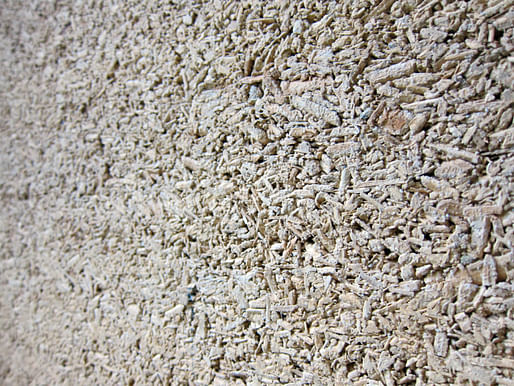

A project by researchers at Texas A&M University has received a $3.74 million grant for the development of resilient, 3D-printed building designs using a new green material called hempcrete. Its usage has the potential to lower the environmental impact of traditional construction methods and make housing more affordable and available.
The funding was made available by the U.S. Department of Energy Advanced Research Projects Agency-Energy (ARPA-E) Harnessing Emissions into Structures Taking Inputs from the Atmosphere (HESTIA) program. Leading the project is Petro Sideris, assistant professor in the Zachry Department of Civil and Environmental Engineering, who will develop residential and potential commercial construction designs. His team consists of assistant professor Maria Koliou, department head and professor Zachary Grasley, and professor Anand Puppula from the department, and associate professor Manish Dixit and professor Wei Yan from the Texas A&M College of Architecture.
Hempcrete is a lightweight material composed of hemp powder, fibers or shives, lime, and water. Its organic components allow it to absorb carbon dioxide throughout its life cycle, making it a carbon-negative material. Additional environmental savings come from Hempcrete’s resistance to natural hazards such as fires and earthquakes. It also boasts excellent thermal insulating properties that can reduce heating and cooling energy demands, is water-resistant, and offers good acoustic properties.
The project will include the development of printable building designs fashioned to achieve structural and energy performance that will comply with modern design codes. The aim is for the digital designs of printable hempcrete buildings to be adopted by the construction industry.
No Comments
Block this user
Are you sure you want to block this user and hide all related comments throughout the site?
Archinect
This is your first comment on Archinect. Your comment will be visible once approved.